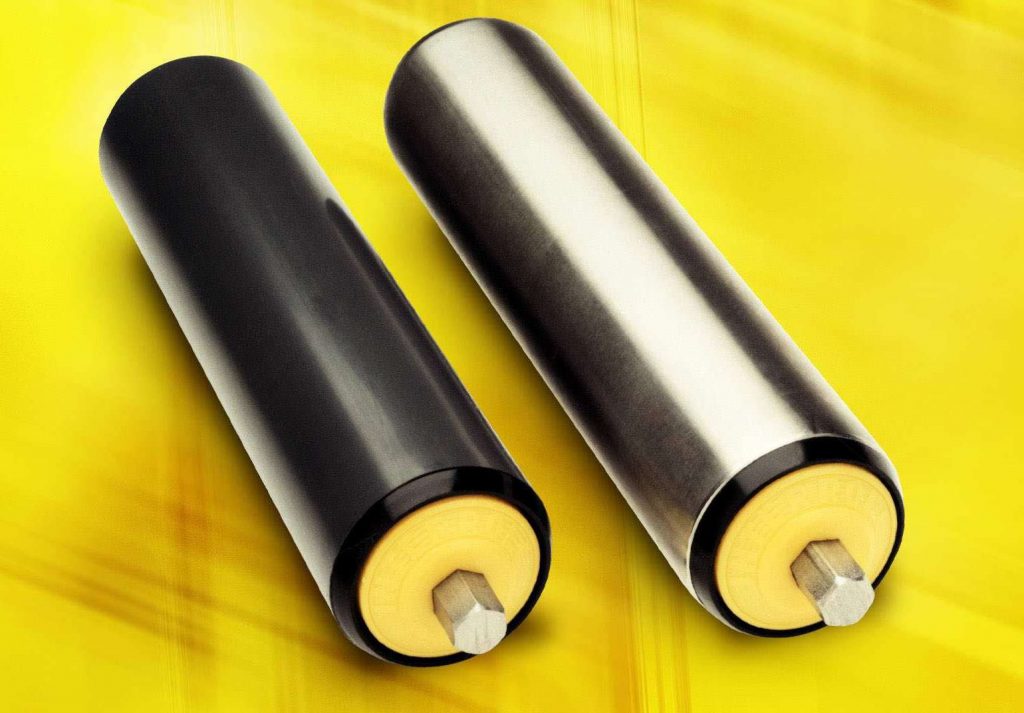The world is full of conveyor belts. Pulled together a system conveyor rollers, these incredible components of technological innovation usually go unnoticed and therefore are underappreciated, but the world would be a completely different place without them. They are utilised for everything from transporting heavy boxes around shipping warehouses to a vital element in food manufacturing operations.
There are many Steel Roller websites in Britain, if you are looking to acquire more information or possibly costs this website is an excellent place to begin www.conveyorrollers.co.uk
Deep inside the Western Sahara, surrounded by no other thing but barren wasteland, stands the world’s largest conveyor belt system. It is so huge in fact, that it can be viewed from space. This huge construction stretches over 61 kilometers and is utilised to transfer phosphate stone throughout the desert.
The automatic conveyor belt system starts its trip at the Bou Craa Phosphate Mine. Phosphate is used as a essential farming fertiliser and this Moroccan-handled territory has above 85% of the world’s current reserves. Phosphate is in high demand worldwide and we use up around Forty million tonnes annually, so it is clear why this kind of large structure needed to be built. The belt type is ST 2500 and it is only 80cm broad but has a peak transporting capacity of 2000 tonnes of crude phosphate rock per hour. The numerous conveyor rollers that comprise this system are crucial to its sleek operation.
The Bou Craa phosphate mine was discovered in The late 1940s by the Spanish. The phosphate deposit found in the area were unusually close to the surface and were of particularly high purity, therefore it made it an excellent spot to mine, even though mining didn’t fully begin before the 1960’s. Since the beginning of operations, the mine has continued to expand and already covers an incredible 1,225 hectares. The output in 2001 was 1.5 million metric tonnes of refined phosphate, an unusually sizeable percentage of the world’s supply from just one mine.
The belt, which is operating for longer than 3 decades, ends its 61 kilometer voyage in the El Aain shoreline where its load is processed and distributed. The belt isn’t enclosed and as time passes, drifting phosphate rock continues to be carried by the prevailing winds and kilometers of land south of the belt now appears totally white from space.
The Bou Craa conveyor belt has such a crucial role to play that in case it ever failed, food costs worldwide would significantly increase as stocks of phosphate fertiliser would come to be scarcer. Who would have thought a simple conveyor belt can be so fixed in to the worlds food? With a small amount of exaggeration, you might state that the conveyor rollers and belt contained within this system are what allows millions of men and women around the globe to eat.
The Bou Craa conveyor is actually a accomplishment of technology and exceptional. It’s improbable that we will see another conveyor belt of comparable dimensions made in our lifetimes.

